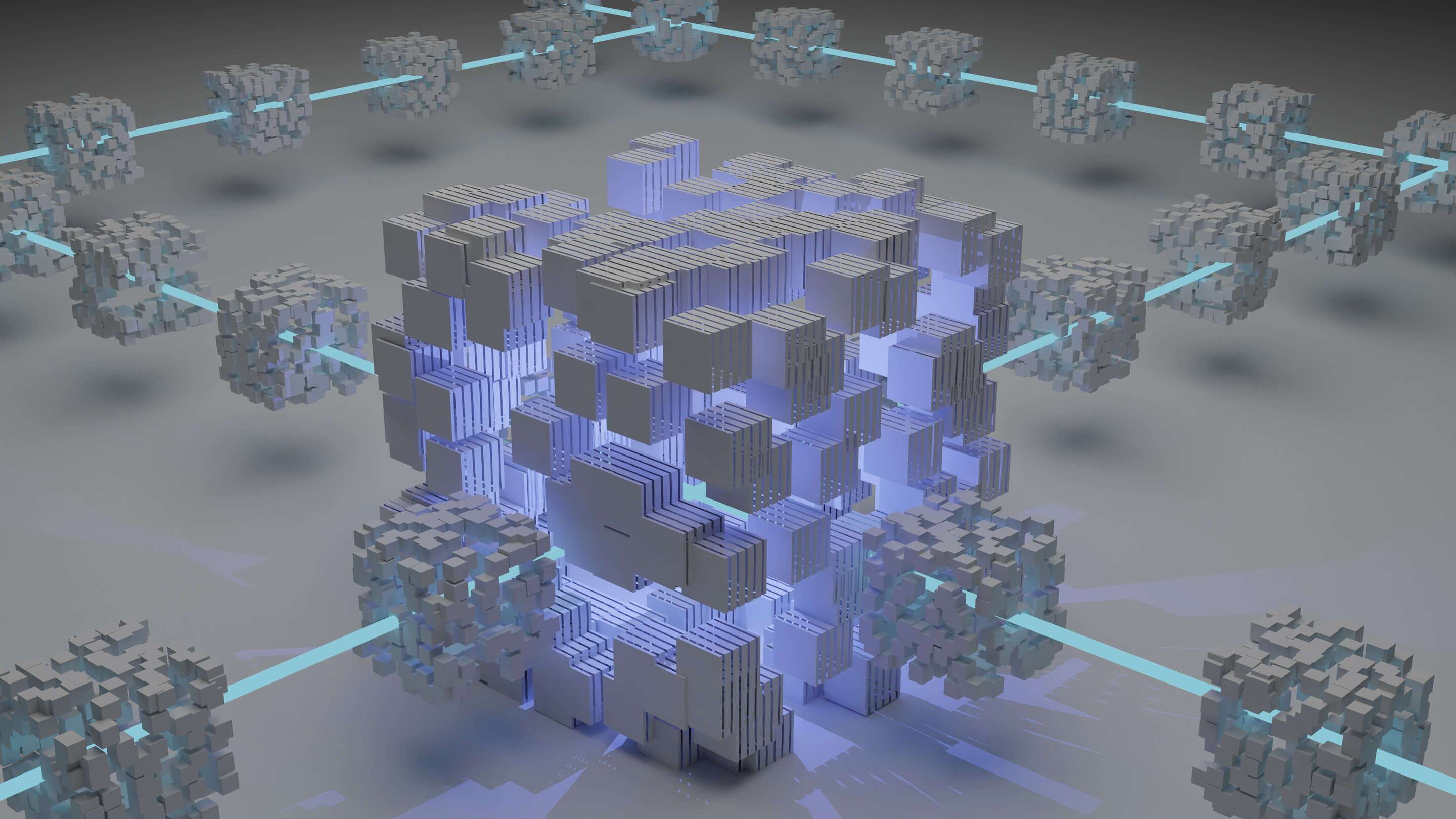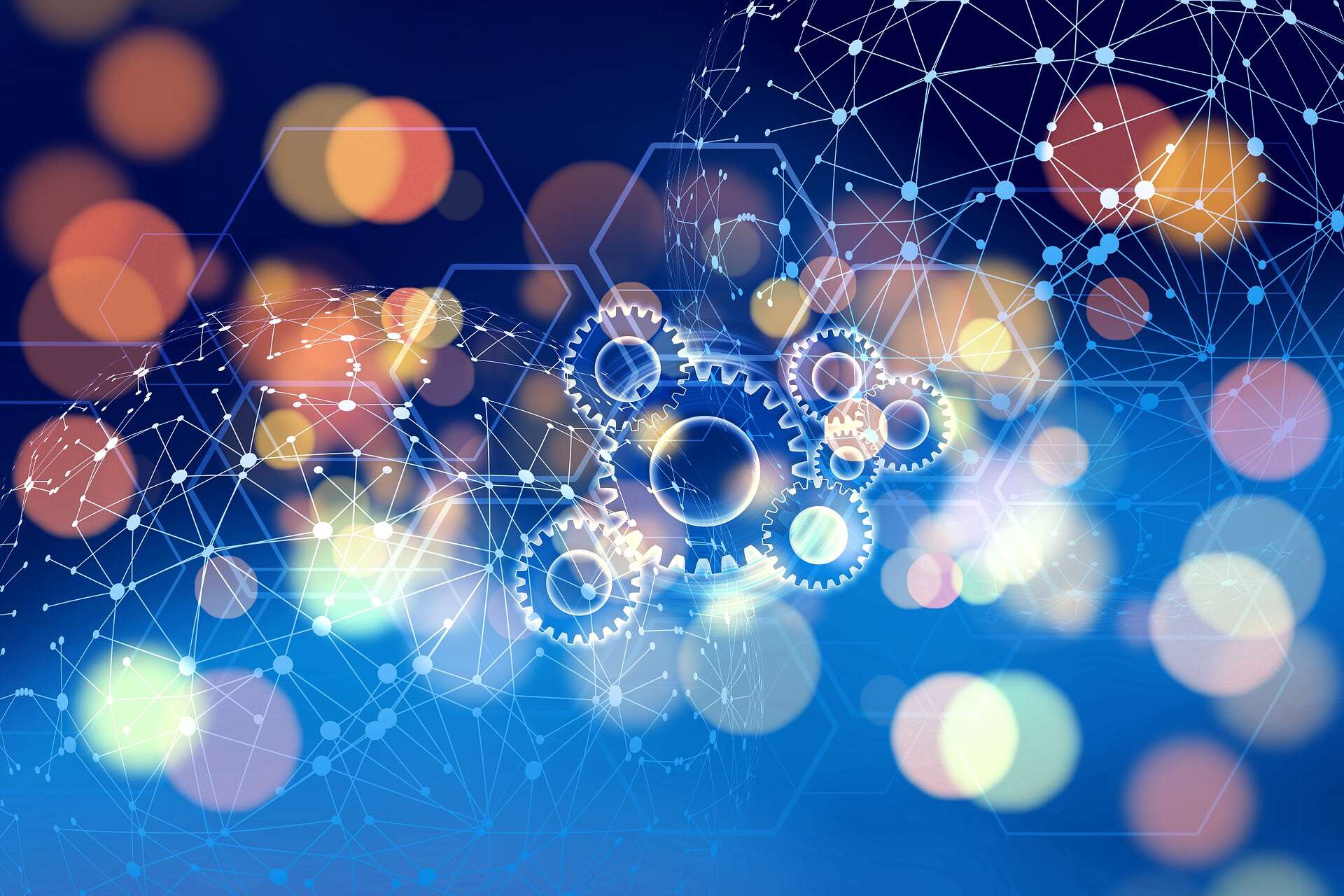Distributed Ledger Technology: What is it, when is it needed, and why is it revolutionary?

The technology behind the operation of crypto-assets, is known as Distributed Ledger Technology.
DLT, or rather, distributed ledger, is part of the IT category of decentralized and distributed databases, systems based on multiple computers (nodes) that may be in the same place or distributed around the world and connected via network, in which all nodes in a network have the same copy of the database, which can be read and modified independently by each of them.
Their special feature is that they are distributed over a global network and are based on cryptography.
When a sufficient number of nodes meet consensus regarding a transaction, the transaction is successfully confirmed; this is possible through special algorithms. In fact, the structure of DLT makes necessary a consensus algorithm, which is essentially a way of agreeing on the validity of each incoming transaction, that is, a mechanism for defining who has the right to concatenate the next block.
The two main consensus mechanisms adopted are Proof-of-Work and Proof-of-Stake, which are based on two very different logics. Follow the next lessons to understand how they work!
WHAT IS THE PURPOSE OF THIS TECHNOLOGY?
1. It is useful when we need to store something; the transaction on the blockchain is forever, like diamonds, so much so that one of the first apps developed in Italy was called eternity wall, whatever was written in the block remains there forever. Even Nakamoto's 3/01/2009 article quoting the first bitcoin block, intitled The Times 03/Jan/2009 Chancellor on brink of second bailout for banks will remain on the blockchain forever.
2. It can be used to store something when more people need it.
But isn't Google already there? Yes and no. Google is a very thriving company, but the day it shuts down, our data will be gone.

3. To summarize: it is useful when you want to store something for more people but that lasts over time, consequently, there is no solution except to rely on someone who guarantees what the bank guarantees (middle man); the bank's money are always available because there is a continuity, and when a bank fails or is bought, data and money end up in another bank.
This, however, requires putting trust in legal mechanisms, which are historical in the finance world, but in the world of technology there never has been and probably never will be, because technology has found a solution (which is not strictly regulatory) so that, if I want to keep a piece of data that is useful for many people forever, a huge ledger has been created with so many copies, that the probability that this will die, is too small, even more because value is incentivized as nodes become fewer. If they ever decrease, there is still a value incentive for those who remain holders of all this network.
If there were one left, all bitcoins would be theirs, in case we got below 3, the network would blow up because many mechanisms work with principle of majority (at least two against one, or, 51% is needed to change something).
4. Finally, it is possible to put people you don't know in a position to have the data.
If I want to know a person's iban, there are mechanisms in the bank that have to be respected and also I necessarily have to identify myself (who I am, why I am doing it..).
There is some information that can be very useful to know but of which it is not necessary for someone to identify, or rather, Is it really appropriate that they don't identify.
Just think of food labels, they are a piece of data, available to everyone, instantly readable, of which the writer is certified but not the reader. This example in digitized and decentralized information registries happens very often, since they are transparent.
Let's see how.

The original design of the Internet was to be an entity free from the Tech Giants; it was about freedom, decentralization, and the sharing of ideas.
- Web1.0 access to information and advertising was possible since they could be found online and through email inboxes: I see the restaurant I like, and I book a dinner; in this case I am the one who relates to the counterpart.
- Web2.0 through intermediaries such as Facebook, Google, I can get information or reviews but the intermediary knows it is me, and, consequently, I will receive information and offers based on what I clicked.
- Web3.0 I have the ability to view, in a pseudonymous way, a record of information without sharing data without my knowledge and without being targeted with advertisements. In fact, one of the reasons Web 3.0 is so an important concept, is because it gives individuals ownership and control over the content they create.